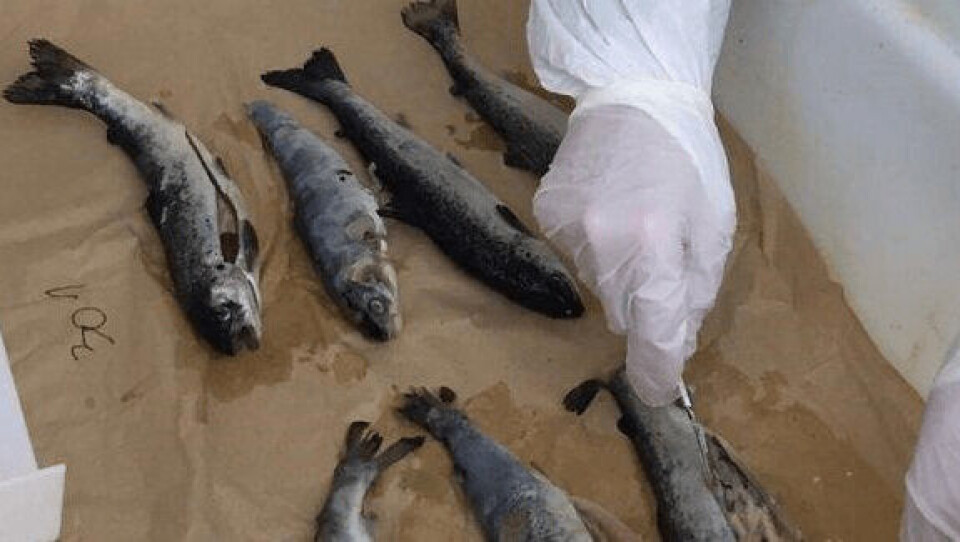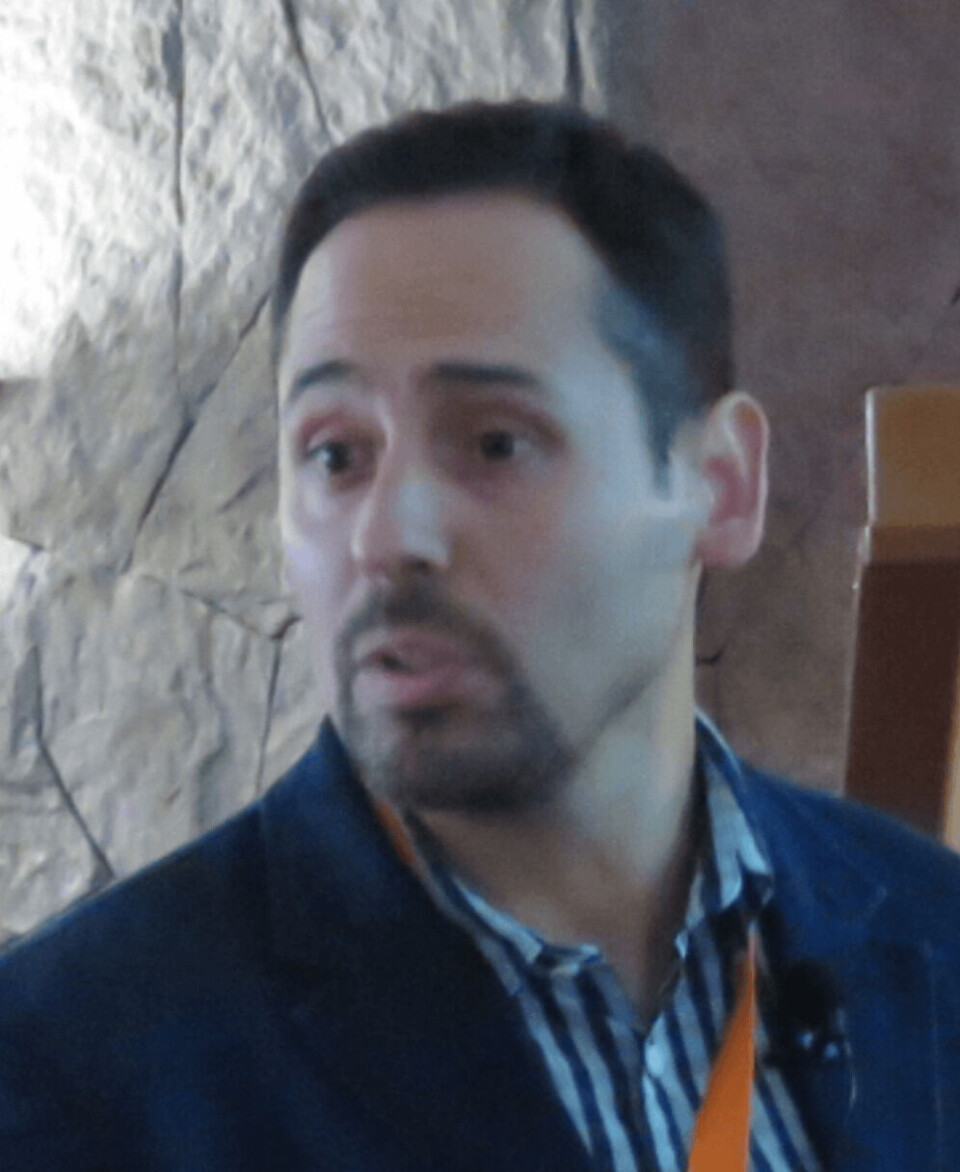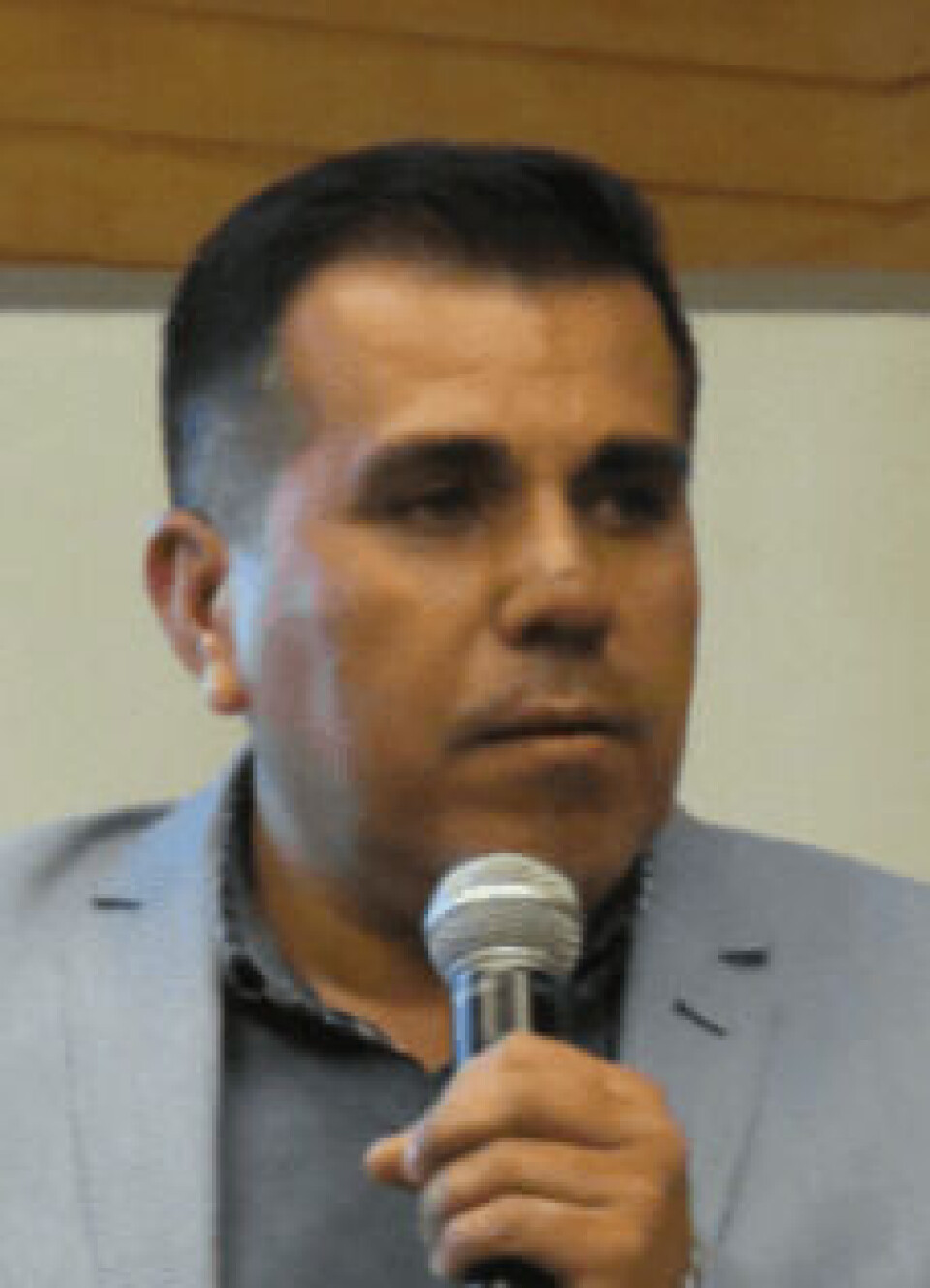
ISA virus detected at Chilean smolt facility
Chile’s aquaculture authority Sernapesca is investigating positive results for infectious salmon anaemia virus (ISAv) at a smolt facility in the Aysén region.
The virus was detected by the authority during routine monitoring at the Río Unión facility of salmon producer Marine Farm.
Sernapesca said the positive results were reported to the company on Wednesday, April 29, and that since then the facility had been under investigation pending the results of samples sent to diagnostic laboratories recognised by the authority. Movements to and from the facility have been suspended and fish there have been inspected by Sernapesca vets to assess their condition.
If ISAv is confirmed, all preventive surveillance and control measures listed in the official program will be adopted, as well as monitoring the related centres of origin and destination.

Virus strain
Dr Marcelo Cortez, academic and researcher at the University of Santiago de Chile, told Fish Farming Expert’s Chilean sister site, Salmonexpert, that if ISA is confirmed the key points in the research would be the traceability of the fish and the genetic study of the virus strain.
“If it were fry or pre-smolts, one would have to ask about the traceability of the eggs, first if they are national or imported and also, seek to investigate how the contamination could have occurred,” he said.
Genetic trace
In the eventuality that the disease originated from broodstock, Cortez stated that the handling of these fish should be clarified, along with when the last laboratory analyses were carried out and where the contamination could have occurred.
He said it was extremely important to know the genetic information of the virus and have genetic material for sequencing and thus make a genetic trace to the viral strain.
This would allow scientists to see if it was previously present in Chile or has come from outside the country.

Virus carriers
Dr Ruben Avendaño, a researcher at the Andrés Bello University, said ISAv outbreaks have only been detected in farmed Atlantic salmon, and most cases have occurred during the seawater stage.
However, experimental infection trials had shown that Atlantic salmon at different stages of development are equally susceptible to infection in both freshwater and saltwater. There was also a history of wild fish or species other than Salmo salar acting as carriers or reservoirs of the virus.
Transmission
“On the other hand, it could be thought and / or speculated that this group of fish could be infected by vertical transmission, but, although the scientific explanation denotes that the ISA virus came (to Chile) through the import of embryos, there is no support for the vertical transmission, since it is not clear how the eggs were originally harvested and horizontal transmission cannot be excluded either,” said Avendaño.
ISAv is an unexpected discovery in a hatchery due to strict restrictions and regulations in Chile.
Ova can only be imported from Iceland, where egg production is carried out in bio-secure on-land facilities that use borehole water supplies, and Chilean ova and broodstock production is highly regulated and controlled.






















































